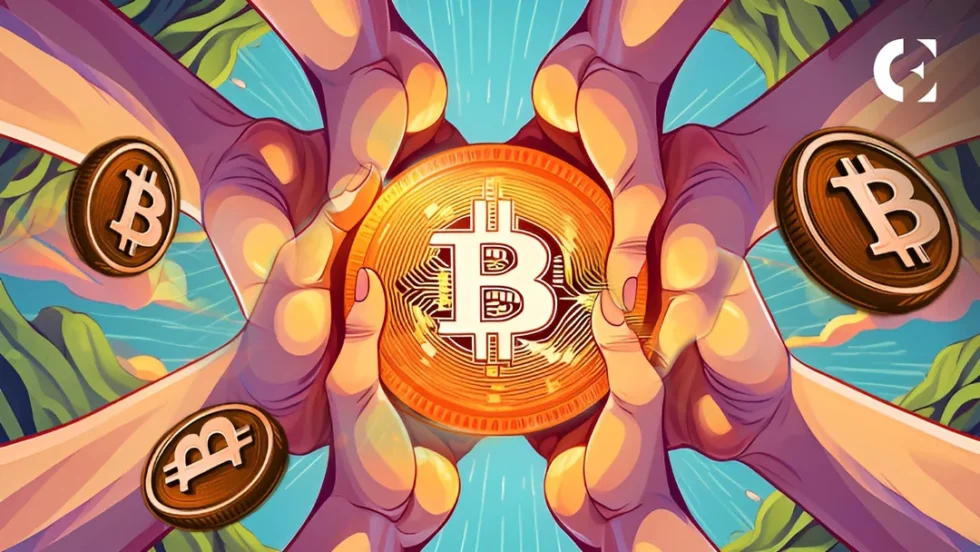
When it comes to Bitcoin, numbers often dominate the headlines—price charts, market caps, and halving countdowns. But behind the volatility lies another powerful force driving the world’s largest cryptocurrency: human psychology.
From early adopters who hold through every crash to newcomers rushing in during bull runs, Bitcoin’s story is as much about mindset as it is about math. Two terms define this psychological battleground: HODL (Hold On for Dear Life) and FOMO (Fear of Missing Out). Together, they shape market sentiment, influence price movements, and reveal why Bitcoin is unlike any other asset class.
The Origin of HODL
The term HODL traces back to a drunken post on a Bitcoin forum in 2013. A frustrated trader, after a market crash, misspelled “hold” in a rant titled “I AM HODLING.” The typo stuck, evolving into a mantra for Bitcoin believers.
HODL represents more than just holding an asset—it’s a philosophy. To HODL means to resist panic-selling during downturns, to ignore short-term noise, and to trust in Bitcoin’s long-term trajectory. Over the years, it has become a badge of honor for those who endured the coin’s infamous volatility and emerged stronger.
The Mindset of a HODLer
So why do people HODL? The psychology is fascinating:
- Conviction in the Vision
Many HODLers view Bitcoin not just as an investment, but as a revolution against traditional finance. They believe in its scarcity (21 million coins), decentralization, and ability to hedge against inflation. - Loss Aversion
Psychologists note that people fear losses more than they value equivalent gains. Selling during a dip could lock in a loss, so HODLers avoid it altogether, preferring to wait for the next rally. - Long-Term Optimism
Bitcoin’s track record supports patience. Despite multiple crashes of 70% or more, Bitcoin has historically bounced back to reach new highs. HODLers see volatility as part of the journey. - Identity and Community
HODLing is not just an individual choice—it’s a cultural phenomenon. Online communities celebrate “diamond hands,” reinforcing collective conviction. This sense of belonging strengthens holders’ resolve.
The Power of FOMO
On the other side of the spectrum lies FOMO (Fear of Missing Out)—the emotional driver that pushes people to buy Bitcoin at its peak. FOMO is triggered by headlines of soaring prices, viral social media posts, or stories of ordinary people turning into millionaires overnight.
The psychology of FOMO is rooted in:
- Herd Mentality
When people see others profiting, they want to join in. This creates momentum buying, often during the late stages of a bull run. - Instant Gratification
Unlike HODLers, who think long-term, FOMO-driven investors want quick returns. They chase pumps, hoping to “get rich quick.” - Fear of Regret
The thought of missing out on the “next big thing” drives many into impulsive decisions. Missing a rally feels worse than losing money for some. - Media Amplification
Mainstream media plays a huge role. When Bitcoin makes headlines, it fuels a feedback loop: more attention → more buyers → higher prices → more attention.
How HODL and FOMO Shape the Market
Bitcoin’s wild price swings are often the result of these two opposing psychological forces.
- During bull markets, FOMO dominates. New investors flood in, pushing prices higher, sometimes beyond fundamentals.
- During bear markets, HODLers hold steady while weak hands sell off, often creating panic-driven crashes.
- Together, these cycles create Bitcoin’s notorious volatility—booms followed by brutal corrections.
Interestingly, HODLers’ discipline helps stabilize Bitcoin in the long run. By refusing to sell, they reduce circulating supply, increasing scarcity and eventually driving prices upward.
The African Context: HODL vs. FOMO
In Africa, Bitcoin psychology plays out in unique ways:
- Inflation and Currency Devaluation: Many Africans, particularly in countries like Nigeria and Zimbabwe, adopt a HODL mentality not out of speculation, but necessity. Bitcoin acts as a safer store of value than unstable local currencies.
- Remittances: Some prefer stablecoins for transactions, but Bitcoin is often HODLed as a long-term wealth preservation tool.
- FOMO in Bull Runs: Just like elsewhere, Bitcoin rallies trigger waves of new buyers across the continent, many of whom enter late and experience losses when markets cool. This cycle often discourages short-term investors while reinforcing long-term HODLers.
Psychology Meets Technology
HODL and FOMO are not just memes—they’re powerful behavioral forces that influence Bitcoin adoption, price cycles, and culture. But they also highlight a deeper truth: Bitcoin is more than technology. It’s a social phenomenon shaped by narratives, emotions, and collective belief.
Strategies to Avoid Emotional Traps
For investors, understanding the psychology of HODL and FOMO is essential. A few strategies can help:
- Have a Plan – Set clear goals (short-term trading vs. long-term holding) before investing.
- Dollar-Cost Averaging (DCA) – Invest small amounts regularly to reduce the impact of volatility.
- Educate Yourself – Knowledge reduces fear. Understanding Bitcoin’s fundamentals helps resist FOMO buying.
- Control Emotions – Recognize that fear and greed are natural, but discipline is what separates successful investors from emotional traders.
Conclusion: Between Diamond Hands and Panic Buys
Bitcoin’s journey is as much psychological as it is financial. HODLers embody conviction and patience, while FOMO represents the impulsive excitement that fuels booms and busts. Both forces are integral to Bitcoin’s evolution.
As the crypto market matures, the tug-of-war between HODL and FOMO will continue shaping cycles. In Africa and beyond, those who master the psychology of Bitcoin—understanding when to hold and when to avoid fear-driven decisions—will be better positioned not just to survive, but to thrive in this revolutionary financial landscape.
In the end, whether you’re a diamond-handed HODLer or a newcomer battling FOMO, the golden rule remains: in crypto, patience and perspective are as valuable as the coins themselves.









